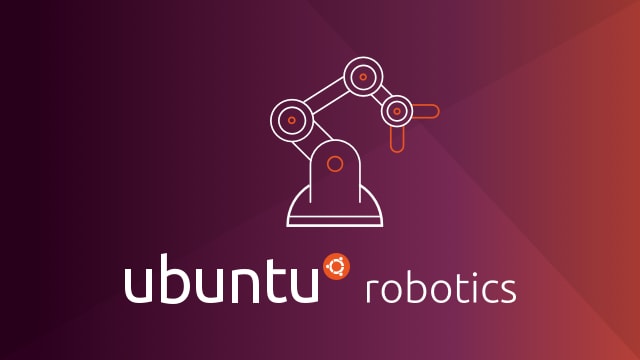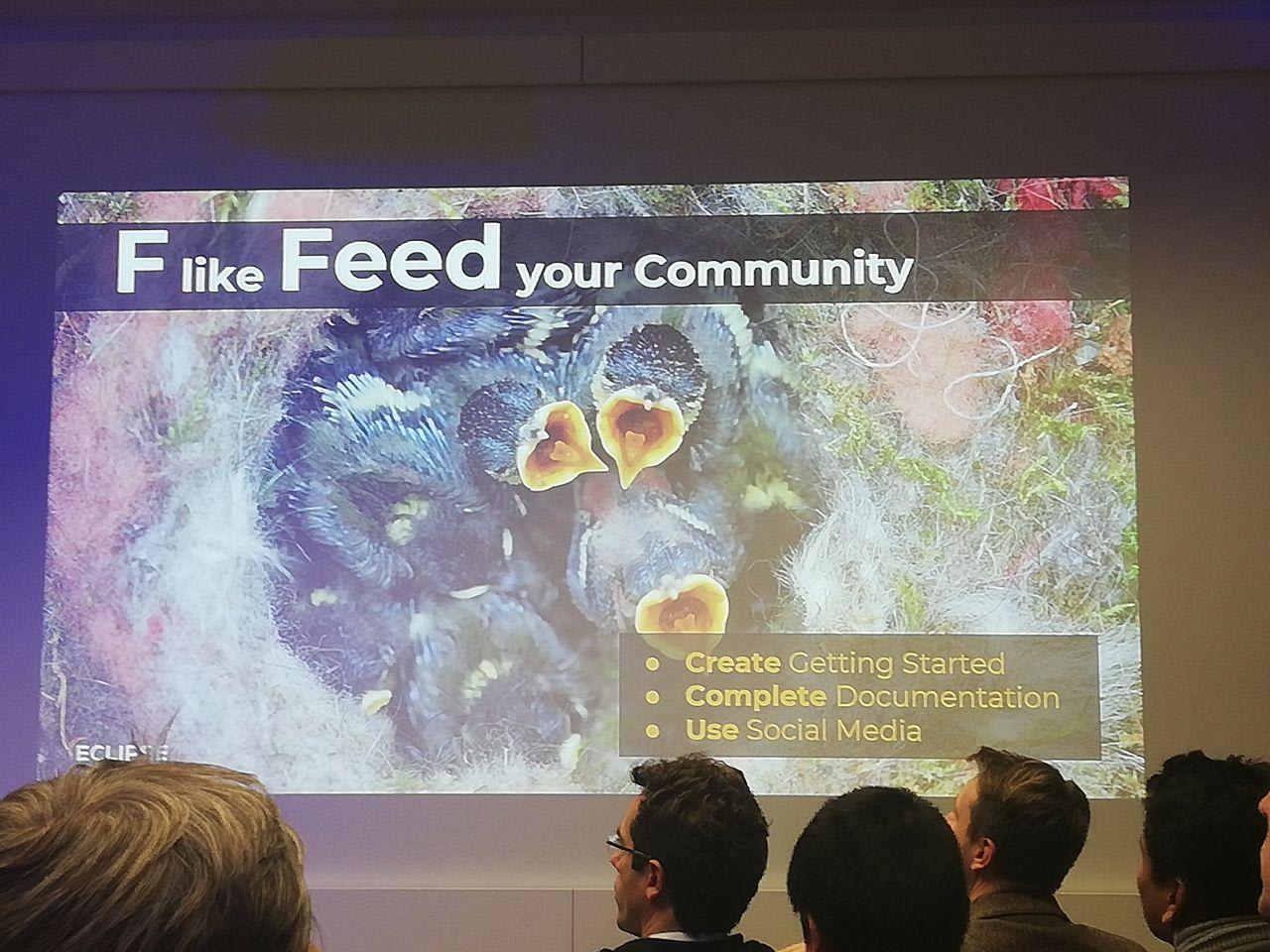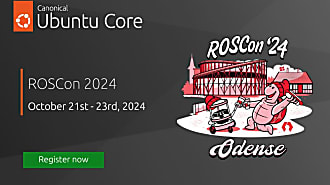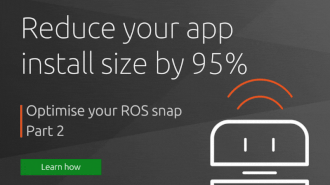Rhys Davies
on 20 December 2019
ROS-Industrial was way better than I expected it to be. As a first time ROS-Industrial attendee and only a second-time ROS-anything. I’m not sure what my expectations were. But it was really good. A great event, some great speakers, new friends and cool robots. What more could you want? This blog will not cover every talk in any detail. This is a general overview for anyone unlucky enough to miss the conference and a breakdown of some thoughts and observations. If you want more detailed information look here. If you have ROS-Industrial specific questions, head this way. But if you’re interested in just reading about it, look no further.
Real-Time Robotics
Real-time (RT) is on everyone’s mind. The number of conversations concerning DDS and RTOSs was surprising. Several people even came up to Canonical to ask if we can do RT and if we’re looking to do real-time in the future. (Answers to come). Predictably, the main discussions about real-time came from eProsima’s talk on “the most complete open source DDS for ROS 2.” From Joe Speed’s talk: “Eclipse Cyclone DDS makes ROS 2 easier, simpler, faster.” And of course from Jan Wiegelmann’s “Analytics for Autonomous driving: large scale data processing” presentation.
From Canonical’s perspective, there are undoubtedly legitimate use-cases for real-time in robotics but, if a person needs RT using ROS, we would ask why? ROS is inherently not for RT. We wrote a non-ROS specific whitepaper a while ago that might shed some light. ROS 2 is better, but it’s still using all sorts of dynamic memory, networking, and logging to disk. Another problem with real-time is that writing software to properly take advantage of an RT kernel is not like writing standard software. You have to know what you’re doing and have discipline about it. One of the only ways around that is to offload the RT components to a dedicated device.
We at Canonical are looking into real-time, we’re just still looking for the right problem to solve. Something that truly needs RT (unmanned vehicles and or critical safety systems) and that warrants doing the work to solve it for ROS. If you know any such problem, let us know at [email protected].

ROS 2
Where, at ROSCon 2019 the feeling was that people were still trepidatious about moving to ROS 2, at ROS-Industrial it seems people are further down the line to accepting their fate. There was certainly still an air of not wanting to make the transition entirely, but the future is more keenly on the minds of industrial roboticists.
ROS-Industrial & ROSIn
ROS-Industrial was born in 2012 to apply Open Source software and initiatives to Factory Automation through ROS. It has since grown to a worldwide initiative supported by three regional Consortia. The European Consortia hosted this ROS-Industrial conference. ROSIN, a project funded by the European Union’s Horizon 2020 research and innovation programme, aims to amplify its impact by making ROS-Industrial better and even more business-friendly and accessible. With one year left of funding, the Consortia are looking to continue the project. But, regardless of funding, the consortia will endure. The next event will be during March, in the states.
Canonical | Ubuntu
Canonical was kindly invited to present on the work we have been done in Ubuntu to aid in the ROS/ROS 2/ROS-Industrial spaces. Rhys Davies, the new product manager for robotics, took the opportunity. The talk primarily focused on snaps, immutable software packages for use on all other Linux distros to embedded devices. The continued support Canonical is giving for Python 2 in ROS. And the work Canonical is doing to provide extended support for ROS distributions, past EOL, for people who aren’t quite ready to move to ROS 2. More information to come in the New Year. Support for ROS (1) is coming. Also, naturally, at the conference, there was a whole lot of Ubuntu. Ubuntu in the wild some might say (#Ubuntuinthewild). It seems Beavers own the industrial robotics space.





The Venue – Fraunhofer IPA
Fraunhofer isn’t in the middle of nowhere. But it’s relatively close to Renningen, so it’s almost there. The research institute is as research institutes typically are. Large buildings, high ceilings, impressively clean and there are rooms full to bursting with research projects. Observed from the (admittedly not extensive) wandering around. The absolute best thing about the Venue though was the hosts — the team of people who were there first thing to set up, and last thing to pull down. They (I believe), organised the drinks and the food and the coffee breaks for the event. And they made themselves available each day, enduring having to sit just outside of the talks in case they were needed.
After the talks were done each day though came the more social events. At the end of day one, attendees were treated to a peek into ARENA 2039. Some of the more local robotics companies presented their work and a very kindly robot from Pilz, floated around with snacks. And the end of day 2 included a bus to a Gala dinner at Leonhardts. Where our host, Thilo, played the gracious role of thanking the attendants for coming while we thanked him for having us.

Those are briefly our main takeaways from the conference. If there are other things you wanted to know about, tweet at Rhys and he’ll get back to you or add it in. We would also like to thank the Consortia for an excellent event. The rest of the blog is just a brush over the agenda and a glimpse at the talks. Again if you want more details though, head over to the official site.
The Talks
The presentations were split into five categories, split over three days and arranged around various coffee and lunch breaks. The first was:
“EU ROS Updates.”
This first category saw talks from a lot of Fraunhofer IPA researchers and associates. Discussing the current state of the ROSIn project and FTPs (focused technical projects) at present. First came Thilo’s opening remarks (pictured below). Which came in the form of a humble and thankful speech to all attendants. Then a presentation of “Highlights of ROS in the agricultural domain” came from Andreas Linz of the Universitat Osnabruck. Who presented some exciting videos and gave the first taste of Ubuntu in the wild. And a talk on a new robotics community multiplier, RoboPORT, from Maik Siee of Fraunhofer. A site/initiative to generate support and cross-collaboration between members fo the community for robotics projects across the globe. It looked really quite impressive.

“Software and System Integration.”
Day two started with Matt Hansen from Intel discussing Navigation2 for ROS 2 and their ROS 2 robot dev kit, followed by Ingo from Bosch discussing ROS 2 tracing: Performance analysis and execution monitoring. Both gave interesting, pretty in-depth talks which set the bar for the rest of the day. The rest of the talks, except for Steven Peters from Open Robotics, discussing “ROS 2 eloquent and ignition citadel”, and Musa from Bosch’s talk on pcg_gazebo_pkgs, discussed ROS 1 in some shape or form.
“Robotics meets IT.”
The second part of day two played host to AWS, Canonical, eProsima, Autovia AI, Alias robotics TU Delft and Windriver to discuss their contributions to ROS and ROS 2 from the world of IT. AWS’ Roger Barga discussed using cloud services for robotics at the edge. His presentation was jampacked with information and is worth unpacking once the slides are released. Windriver’s Andrei Kholodnyi discussed ROS 2 on VxWorks and the challenges of porting software to an RTOS. Jaime from eProsima presented about FastRTPS in all its glory, another one especially worth taking a look at when released. Jan from Autovia AI discussed analytics for autonomous driving, Alias Robotics drove a call to action for defensive and offensive robotic security. And Canonical presented a talk entitled “How to maintain a robot that outlives its support” (more on this in the New Year)
“Hardware and application highlights.”
The presenters in this category all gave really interesting talks with real-world examples of their work and how their hardware or applications could work in practice. To name a few, first came Paul Evans from SwRI to talk about the highlights they have seen with ROS-Industrial in North America. Followed by Rik Tonnaer from a TU Delft foundation talking about the very flashy use case of ROS in aerospace manufacturing processes, and Thomas Ruehr with Kuka on mobile manipulation with KMR and ROS.
“Platforms and community.”
Finally, it all rounded off with four humble talks that were an ode to open source and community. Penny Sully from Jungle talked “enabling the future of Manufacturing with Robotics”. Benjamin Goldschmidt from Silexia talked “Performance Testing Platform for ROS 2”, and Philippe Krief from the Eclipse Foundation Europe told us “Why Robotics needs Open Source Communities.” Remember, F.R.E.E, for your community.




Outro
In conclusion, if you have read this far, it was great, you should sign up for the next one. Happy holidays.




